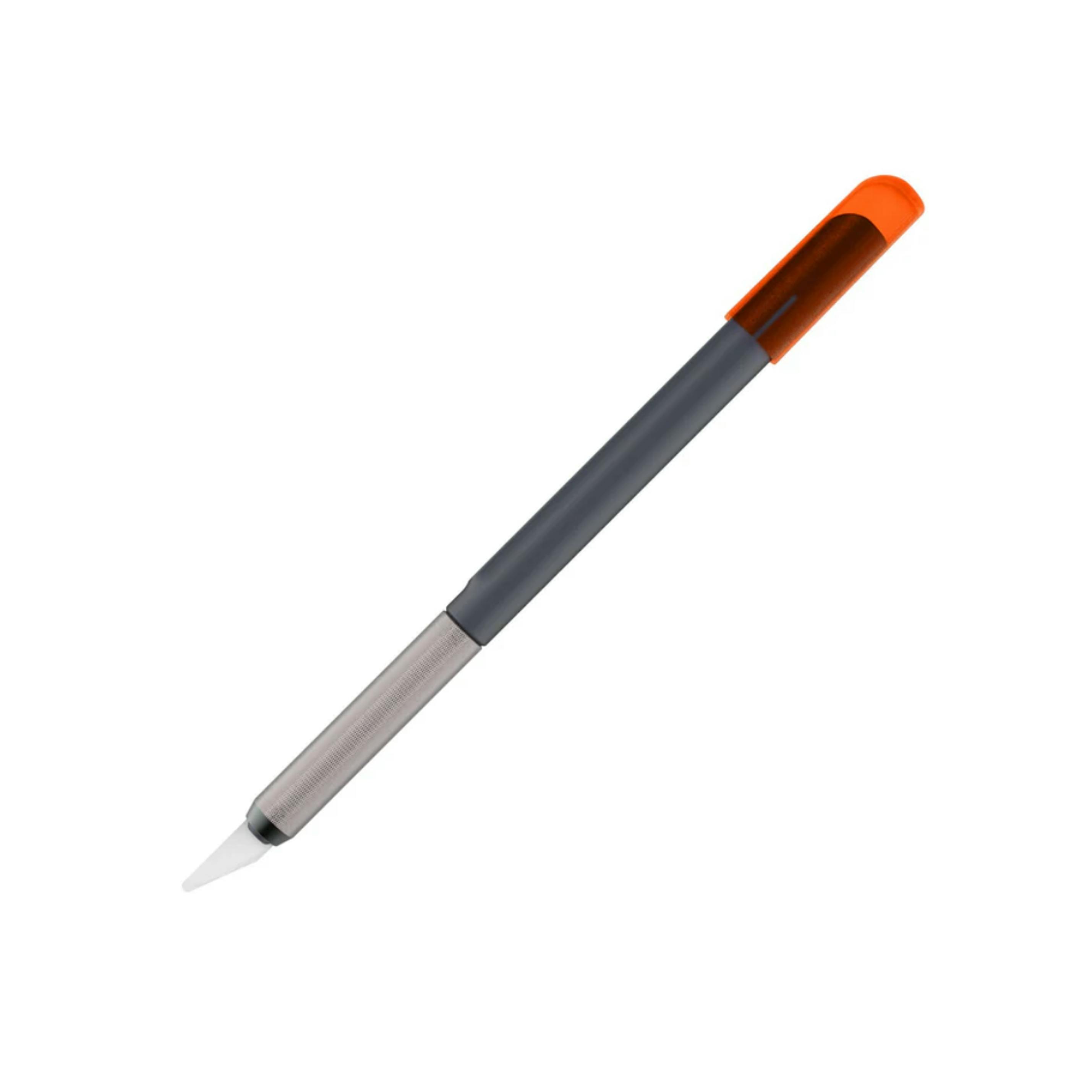What are the best tools for Scratchboarding?
Tools can make or break a Scratchboard. Learn about different tools and how they are used to create different effects.

How are tools used to Scratchboard?
Scratchboarding is like sculpting in 2D. The technique requires use of a specialised Scratchboard, which is a clay board usually covered in black ink. To create an image, the artist uses a variety of sharp tools to make small intricate scratch marks on the surface of the board. These scratch marks remove the black ink and expose the white clay underneath.
What the the typical tools used to create scratch marks?
Traditionally, the tools used to create scratch marks on a Scratchboard are as follows:
- Metal scalpels - these create single scratch marks, ideal for making very small marks such as skin in a portrait.
- Tattoo needles - these create multiple uniformly spaced scratch marks, ideal for depicting the detail in bird feather.
- Steel wool - this has to be the very finest of wool or random unwanted scratches may appear on the board. I use this in lightly breaking the surface of a new board if the entire area is going to be covered in dense scratch marks.
- Wire and fiberglass brushes - wire brushes produce multiple non-uniform fine scratch marks, ideal for the finishing touches on an animals fur. Thin pencil fibreglass brushes can be used to completely remove the black ink on a board such as in animals eyes.
While all these tools are generally inexpensive and excellent for creating a range of different effects, they all require frequent sharpening and/or blade replacement. And because they're sharp, they also present a greater safety risk of cuts and lacerations (especially for tools like metal scalpels).
What are the latest tools available?
I recently discovered ceramic craft knives. While fairly expensive (at approximately NZD $30 each), these tools outperform their metal counterpart (being the metal scalpel) in three significant ways:
- The blades are much longer-lasting and don't require frequent sharpening.
- The blades are chemically inert, which means they won't rust.
- The blades are 'finger friendly', meaning the risk of cuts and lacerations is nearly non-existent.
While there are many ceramic craft knives available online, I recommend you invest in higher quality blades from a reputable supplier. I chose the Slice® Craft Knife, which I ordered from Australia. Wow what a difference! Apart from not having to sharpen the blades every 10 minutes, the ceramic blades are far easier to use and make clearer/cleaner scratch marks.
Happy scratching!
Marion, June 2025